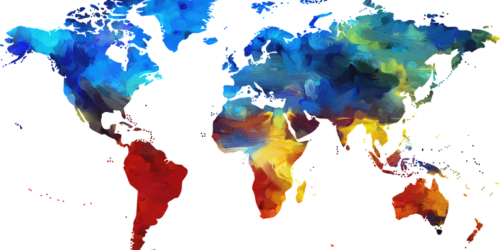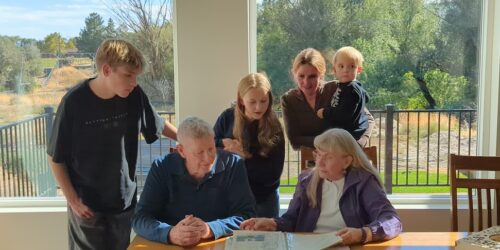Where Are the Records?
The quest for finding historical records is one of the main objectives for anyone doing genealogy research. Without records,

family history easily becomes family mystery, or even mythology. Many types of historical records have been produced by governments, churches, and other organizations, such as vital records, census, immigration, property, military, and many more.
The question “Where are the records?” has a number of possible answers, some obvious and some not so much. We’ll take a look at some of the answers, but first it’s helpful to start off on the right foot …
Locations and Jurisdictions
Two keys to finding the records you need are searching in the right location and correct jurisdiction. A jurisdiction refers to who owns or controls the records, such as federal, state, county, or town.
And now for a brief survey of where to find records you need …
Online and Indexed
Looking for records that are indexed and online is the easiest approach. For example, you can find a large assortment of record types on FamilySearch, Ancestry, MyHeritage, and Findmypast. Remember that there are many other sites that contain online, indexed records as well. Some of these are free, and some require membership or payment.
The Family History Guide provides QUIKLinks for many of these collections, helping you find what you need quickly and easily. It also has links to many individual databases with private collections, in many countries, that are not found on FamilySearch and its partner sites.
Keep in mind that large database sites are constantly adding new record collections from sources around the world. So if you have been looking for a specific collection and can’t find it online, check back occasionally and you may see it show up.
Online, Image-only
Quite a few records have been digitized into images but not yet indexed. (In fact, there are more image-only records online than indexed records.) Without indexes, these records are more challenging to search but can still be very valuable for your research. You can find these collections in the FamilySearch and Partner sites mentioned above, as well as other sites. For more information on working with image-only records, see Project 4: Discover, Goal 5.
Online, Index-only
Some online records are actually just indexed information, without the original image. For more information, see the Index-Only category in Goal A1, Choice C in the United States page.
Not Online
A large amount of records have never been digitized or placed online. They can be found at their source, such as libraries, archives, courthouses, etc. You would typically need to arrange a visit to the location and get permission to view the records. These local records may help you break through research barriers in your genealogy, although they often take some expertise to work with.
Non-Existent?
This is perhaps the most intriguing question: does the record I want really exist? Here are some possibilities:
- Yes, it exists, but you haven’t looked in the right place yet. The options here are to keep searching, or to investigate other types of records that could provide alternative information for the one you’ve been looking for.
- No, it doesn’t. We may assume that it doesn’t exist just because we’ve had a hard time finding it, but that is not a helpful approach. A record may not exist because we are searching in the wrong location or time period. For example, county and country boundaries can change over time, so we are looking in the wrong place. Or a town may not have been established until a certain year, and we are searching for town records that won’t be created until years later.
There is a helpful article by James Tanner titled Limits of Historical Records. It discusses various scenarios for deciding when records might or might not exist, and how to shape your research strategies accordingly.





